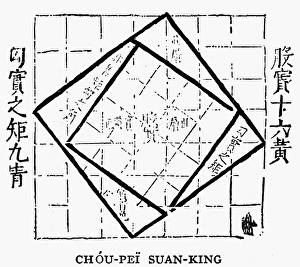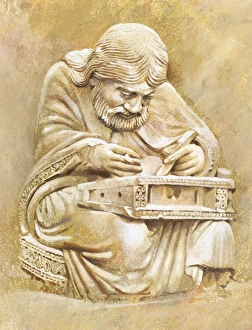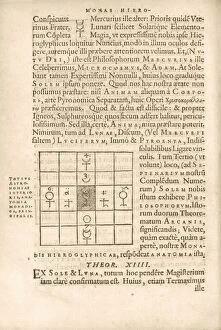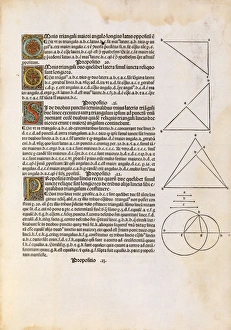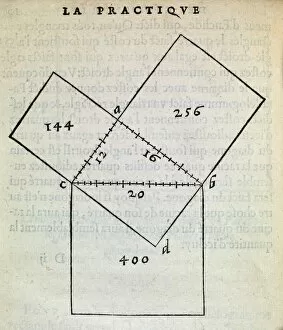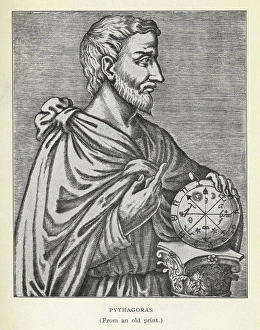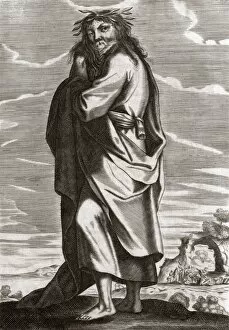Theorem Collection
"Theorem: Unraveling the Mathematical Mysteries of the Ages" From ancient Chinese texts to Renaissance engravings
All Professionally Made to Order for Quick Shipping
"Theorem: Unraveling the Mathematical Mysteries of the Ages" From ancient Chinese texts to Renaissance engravings, the concept has captivated brilliant minds throughout history. The Pythagorean Theorem, a fundamental principle in geometry, dates back to as early as 1105 B. C. , originating from the Chou-Pei Suan-king. This figure showcased its essence without proof, leaving mathematicians intrigued for centuries. Among those who delved into this geometric gem was Pythagoras himself, a renowned philosopher and mathematician from the 6th century BC. His oil on canvas portrait immortalizes his contribution to mathematics and his fascination with triangles. Isaac Barrow, an English scholar and mathematician, furthered our understanding through his groundbreaking work. Engraved images depict him pondering over mathematical equations and unraveling complex concepts that would shape future generations' knowledge. Pierre de Fermat's engraved image showcases another luminary in mathematics who left an indelible mark on theorem exploration. A French lawyer by profession but a passionate mathematician at heart, Fermat posed intriguing conjectures that challenged even the brightest minds of his time. Sir Brook Taylor's contributions cannot be overlooked either; he introduced Taylors Theorem and Taylor Series which expanded upon existing mathematical foundations. His presence in Crabbs Historical Dictionary reminds us of how each generation builds upon previous discoveries to push boundaries further. Blaise Pascal's engraving serves as a reminder that theorem is not limited to geometry alone but extends its reach into various branches of mathematics. Pascal's pioneering work laid foundations for probability theory and calculus while showcasing how interconnected different areas within mathematics truly are. As we reflect on these remarkable individuals throughout history - Pythagoras, Barrow, Fermat, Taylor - we realize their collective efforts have shaped our understanding today. Their passion for unraveling mathematical mysteries continues to inspire new generations to explore the depths of this captivating field.

